|
May 9, 2006
Presenting: Paul A. Teolis - World Traveller,
Successful Hollywood Animator and Travel Photographer
Paul's story is an interesting one since it combines extensive
world travel and an interesting life journey - a deliberate switch
from a successful career in the heart of Hollywood to a quieter
life in Toronto. Paul Teolis and I linked up recently some time
after a seminar he taught on travel photography at the G.A.P
concept store in Toronto's Annex.
I really enjoyed connecting with Paul and seeing another individual
on an interesting life path away from the fast life towards a more
meaningful, fulfilling way of living and a slower pace. I am delighted
to say that Paul will also be sharing some of his travel photography
techniques with us in a future article as well. Here is Paul Teolis,
sharing his insights about life and work in Hollywood, about travel
and his new life in Toronto.
1. Please tell us a bit about your background.
Okay, where does one begin. I attended Sheridan College from 1983
to 1987, completing both Art Fundamentals, the college's fine arts
program, and then Classical Animation. I got my legs working in
special effects animation at a lot
of small Toronto studios jumping between live-action commercials
and then moving into the more traditional environment of animated
cartoons, mostly
for commercials.
I took a year off in 1994 to explore the growing and still small
world of computer animation as I saw change happening within the
industry and wanted to make sure I could benefit from it. I ended
up being recruited to work for DreamWorks in early 1995, when Steven
Spielberg launched the studio and moved to Los Angeles, so everything
paid off big for me in the end. Good timing and perseverance went
my way for a change.
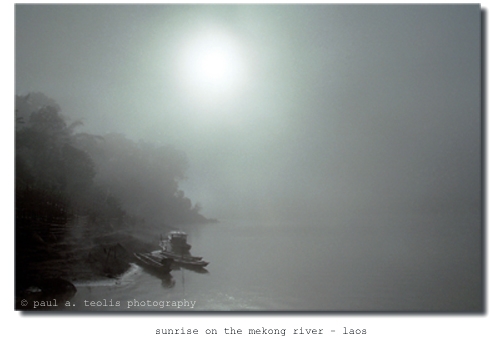
The next 7 years in California were easily career highs and career
lows within the world of animation. It was a boom-bust period in
our business due to the failure of some very expensive films and
Computer Animation was the new flavour for studio heads. So finding
my contract with DreamWorks over after 4.5 years, and being in a
position to not have to work I explored other opportunities in Los
Angeles as I
reinvented myself. Photography and writing were at the top of my
list, so I did some more travelling, got my work stronger and tried
to see if I could make a go of it. I went to UCLA for some journalism
courses to better understand travel writing and took a break from
animation.
It wasn't until I returned to Toronto in late 2002 that all this
work would begin to pay off...yet again.
2. You have travelled extensively, to about 30 countries
on 6 continents. What are some of the places you covered?
I began travelling in 1993 and hit my 6th continent in 2005 which
was Antarctica. I was traveling every 12 to 16 months. How I chose
a destination depended on which way the wind was blowing. Every
time I decided I wanted to do a certain region I ended up going
the furthest from it. With Australia looming as my last continent
to set foot on, and I'm not in a rush either, I am happy returning
to Asia and South America which to me are very rich cultures in
their own ways.
I am conscious of what a region is photographically which is why
I went to Namibia and Botswana, and I love ruins, so central America
gave me my Mayan fix. Vietnam, Mongolia and Antarctica are by far
my most favourite destinations.
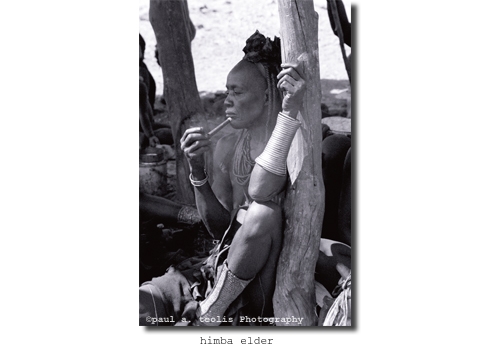
3. What type of travel do you generally do?
Any kind..I love road trips. I have explored a lot of Canada and
the United States by road usually for stretches of a month or so.
Internationally I have done some heavy hiking in Borneo which was
pretty down and dirty. In Africa I camped, across four countries,
the rest is pretty much just getting into the local culture and
their way
of doing things. I avoid resorts, 5 star chain hotels, eat with
the locals stay local and you will enjoy yourself far more than
through the window of a tour bus.
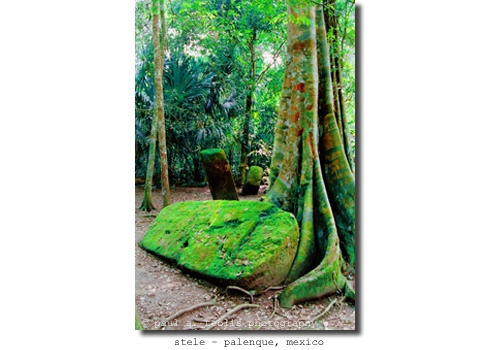
4. Why have you travelled so much with G.A.P Adventures?
I discovered GAP
Adventures in 1993 when they were small and very much on the
fringe of eco & sustainable travel. I got hooked with their
style of travel from the start and have stayed with them since because
of their philosophy. I generally don't have much time to plan my
travelling and frankly prefer to travel with like minded people.
I became good friends with Bruce Poon Tip, GAP's owner and CEO, and
over the years many of their trek leaders as well. I guess you could
say I am a bit of a GAP groupie!
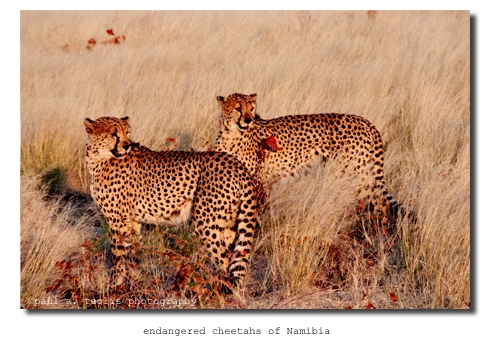
5. Please tell us more about your trip to Mongolia and Pakistan.
What struck you about this experience?
I did a long Silk Road trek with Bruce of GAP and some of his friends,
I think we were 5 in total. Overland from Beijing to Islamabad Pakistan,
through Mongolia. This trip was an exposure to two very different
religions for me; Buddhism and the teachings of Islam. Mongolia
has to be one of the most beautiful places I have ever been. It's
remote, had few tourists and frankly more livestock than people.
It was my first exposure to a people who are still nomadic. Living
off the land and moving with the seasons. The few remaining monasteries
in the country are stunning architecturally, but very remote and
hard to get to.
There is no greater experience than sleeping in a traditional Yert,
(a large circular home) in the steppes and be woken up by herds
of sheep and goats grazing
outside your door.Entering western China to cross into Pakistan
you don't feel like you are in China at all. The market in Kashgar
is incredible. And because the region borders many of the "stans"
the influence is incredible. Mosques instead of monasteries and
writings in several languages over every store front.
Pakistan in 1998 was a very different region than today. The civil
wars still raged in Afghanistan, the Taliban ruled that country,
you saw lots of refugees in areas like Peshawar. It was a bit of
an eye opener. Beautiful people, and the Hunza Valley
in Pakistan is nothing short of breathtaking.
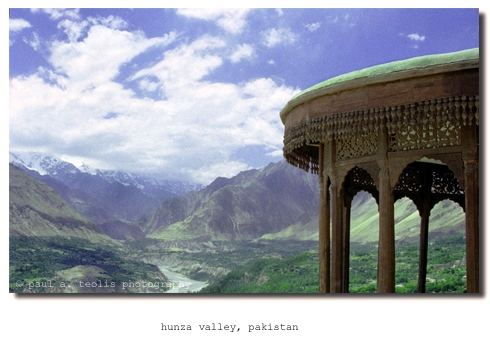
8. You went on a very special trip to Antarctica. Tell
us more about that.
Antarctica was a dream trip. A region I had always wanted to see
and a place I would like to go back too. I was there in 2005 near
the end of the season joining a lot of GAP
employees along with some other friends I had known from travelling.
We were aboard the famous M/S Explorer; an incredible ship. We got
dealt the best and worst weather-wise, seeing the fury of the Drake
Passage on the crossing. Snow, sleet and grey days. It made for
very monochromatic picture taking and I thought was a nice change
from blue skies in every shot. You truly felt you were in a place
few would ever see.
It was nothing but penguins and Icebergs. And seeing your first
iceberg is an incredible rush. Of course penguins aren't all that
bad either.
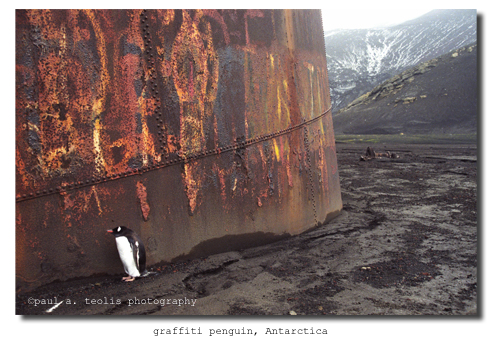
9. You also lived in Los Angeles for a while and worked
as an animator in the movie industry. What was it like to live in
L.A.?
I could write a book about being a Canadian living in L.A., and
I do have to honestly say I loved L.A. and even more the surrounding
areas, specifically the desert. There is so much to do in California
and with the great weather you can't beat it.
Things happen in L.A. and they happen fast. In Toronto people couldn't
make a decision if their life depended on it. They sit and wait
for six months and then they still haven't come up with a plan.
I miss the buzz and I really miss a lot of my friends. The city
gets a bad rap mostly due to the news I gather but there is a real
energy there, unlike Toronto.
It wasn't long before I got into the Canadian social circles through
the Canadian Consulate in L.A. and enjoyed meeting many prominent
Canadians. People that I never would have met back home. Not only
people from the entertainment industry, but politicians, ex Prime
Minister Kim Campbell was the Consul General, musicians and just
well known figures like architect Frank Gehry.
Being part of DreamWorks in the first years was incredible. An
incredibly rich and creative environment, your peers were the best
in the business, we had access to amazing resources because of Steve
Spielberg and you'd frequently find yourself in his private screening
room at Amblin watching movies.
Working in Hollywood taught me something very important thing about
myself. I have too much integrity. I was brought up in a way that
was opposite to what I was seeing. The film business is full of
leeches, and I don't fit the model, which is probably why I hung
out more with people outside the entertainment field
than in it. But that is part of the game to climb that ladder. I
left wiser and realized sometime getting what you wish for is not
necessarily a good thing.
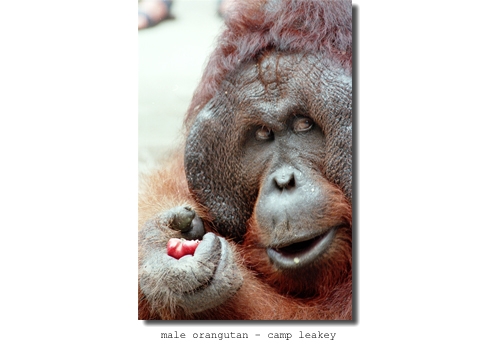
10. Why did you decide to move back to Toronto and how
is your life different now?
The decision to move back was difficult because I originally had
no intention to
return to Toronto. Never say never, eh! Time will tell if I go back,
but the decision to return home was made simply based on economics.
Work in feature animation
was drying up as the industry was drastically downsizing from the
boom of the '90's.
A lot of studio executives made some very bad decisions as our industry
seemed to be taken over by people who had no experience in how we
work and why things are done the way the are. Money was thrown about
like there was an endless supply, but when animated film started
tanking at the box office mostly due to
poorly conceived concepts, the artists were blamed as the problem.
It really opens one's eyes.
I know a lot of people who left the industry during the mass layoffs
at Disney and DreamWorks and after Warner Bros and Fox closed their
animation divisions. It was impossible to compete. I was lucky because
I didn't spend away my wages and could take a long break to explore
other avenues. After 9/11 everything changed as a foreigner, and
so I left in late 2002 and cut my losses.
Toronto is not L.A., but the Hollywood experience opened my eyes
to not getting caught up in your surroundings, the money and most
important, no job is permanent. So it's ironic that I was able to
begin launching my fine art and travel photography side career once
I came back; something I tried to do in L.A. but failed.
Life is great. It's positive. It's rich and creative and I am finding
I have more ideas than hours in the day to complete work on images
I have long taken but not been able to print. I am settling back
into my life style and getting grounded once more. Where this road
takes me is any one's guess.
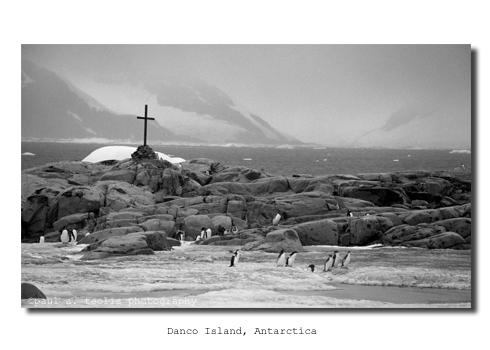
11. You have made a transition into travel photography
and you also sell your work at various art fairs and special events.
Please tell us about that.
Well here is some more irony. I display my work in the Village
Gallery
(www.thevgallery.com)
in Port Credit because the owner (Alison Goodwin) I knew in Los
Angeles where she also lived and she was already familiar with my
work. My association with her has been great and I have been rotating
work within her gallery to see what sells and what doesn't. It's
been educational for both of us. Photography is a tough sell.
I started doing studio tours in Northern Ontario in 2003. Its rewarding
to see your work sell especially when the buyers are real down to
earth people. I love sharing stores with them about what's behind
my photos and its great seeing them return year after year. Ending
2005 as part of the McMichael Gallery Autumn Show was a real honor.
Such a prestigious gallery and the artists showing all had
phenomenal artwork. It helps widen your circle. It's a lot of work
to do small shows but the rewards, you can't put a price on.
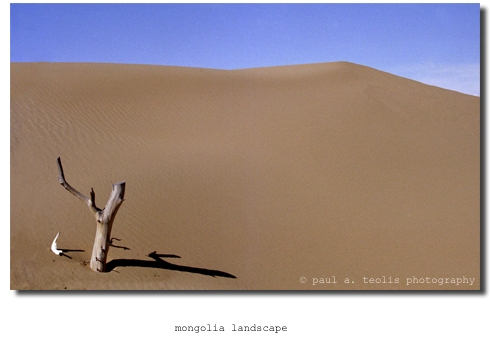
13. What insights have you gained from your travels? How
has your view on life changed?
Travel has slowed me down in some ways. Most countries I have been
to have a
different concept of time, not everything runs on a clock. I have
learned to be patient
more and have a far greater appreciation of cultures and an even
greater appreciation of what we have in North America. We have so
much, we have nothing to complain about. Seeing a 4 year old shoe
shine boy in Quito, hands covered in black polish, hearing his parents
are alcoholics and this is how money comes in the family really
puts things in perspective, don't you think.
I don't believe in the rat race and clawing one's way to the top
at the expense of
other people. Seen too much of that already. It's not worth it.
I don't get attached to projects I work on in animation anymore,
frankly we aren't solving work hunger here, bottom line its just
a cartoon! I just do my work professionally, do it well and go home
at the end of the day. I work with a great crew of people in a fun
environment, so what more could one ask for.
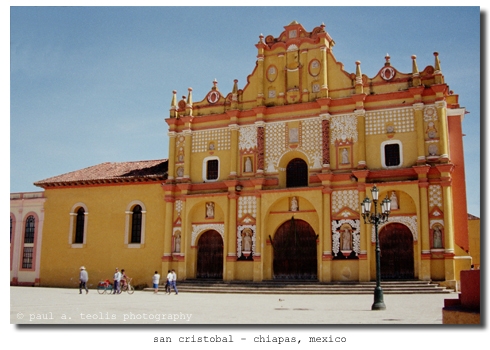
14. What's in store for Paul A. Teolis?
Too many things to list really, but first off is to go travel and
I am working on a destination to another very remote location to
photograph, Rapa Nui. 2006 is a marketing year for me as well. I
have two shows so far to do in Northern Ontario in the fall, l waiting
on acceptance to a third, and I am trying to get my work to a broader
audience through magazines.
With some more photography lectures my work should broaden even
more this year. I am trying to keep in circulation while at the
same time create a newer body of work and that makes for a very
full schedule. I hope to have a selection of hand tinted infrared
photographs at the vGallery soon.
I am setting up short term goals, goals that are doable and I have
a couple of aces up my sleeve which I will bring out when the time
is right. My years of freelance has really taught me how to pound
the pavement with my work regardless of the medium and having always
worked commercially in film and television, this is a huge asset
when putting my photographic work in front of agencies and such.
Where I once was passionate about animation, I find I am more passionate
about my photography.
Thanks, Paul, for sharing your personal story. I already look forward
to publishing your travel photography tips, something that will
hopefully help me pick up the quality of my picture taking. And
all the best for all your upcoming projects!
G.A.P Adventures
is Canada's largest adventure travel company and a leader in socially
and environmentally sensitive travel. G.A.P is also the sponsor
of the grand prize for our first story contest: an exciting 2-week
Sailing Adventure through the Greek Islands for 2! Visit our contest
page to find out more about our first
travel story contest.
Related Articles:
An interview with Bruce Poon Tip
An interview preview and further
background on Bruce Poon Tip
Danielle Weiss works with communities
in Latin America
Danielle Weiss talks about sustainable travel
Kevin Lee and the Scadding Court Community
Centre send at risk children on life-changing international learning
experiences to China, Mongolia and India
Richard Belliveau climbs mountains
to raise money for street kids in Peru
|